Somewhat related to this question on aluminum vs copper, when making a cable one needs to consider the cost of insulation as well. I suspect there may be significant variance depending on technology, rated voltage, rated temperature, rating for mechanical stresses, and so forth. Are there some rough estimates (even as ranges) of how much the insulation costs relative to the conductor cost?
I'd be perfectly happy with analysis on some commonly used cables, e.g. extension cords for household use (at one end) and, say, metropolitan underground power cables (at the other).
There's not much in the way of cost breakdown analyses for power cables that I could find. One presentation by General Cable briefly mentioned that "Purchases of raw materials account for 75% of total manufacturing costs for most manufacturers." So at least we know that the cost of materials is important in this sector...


